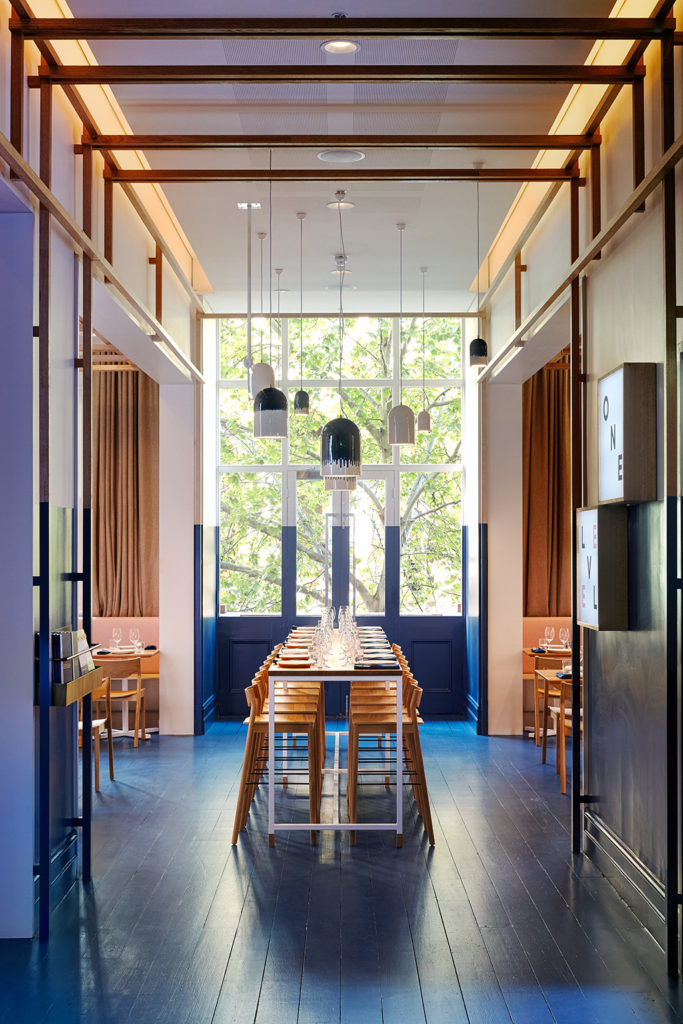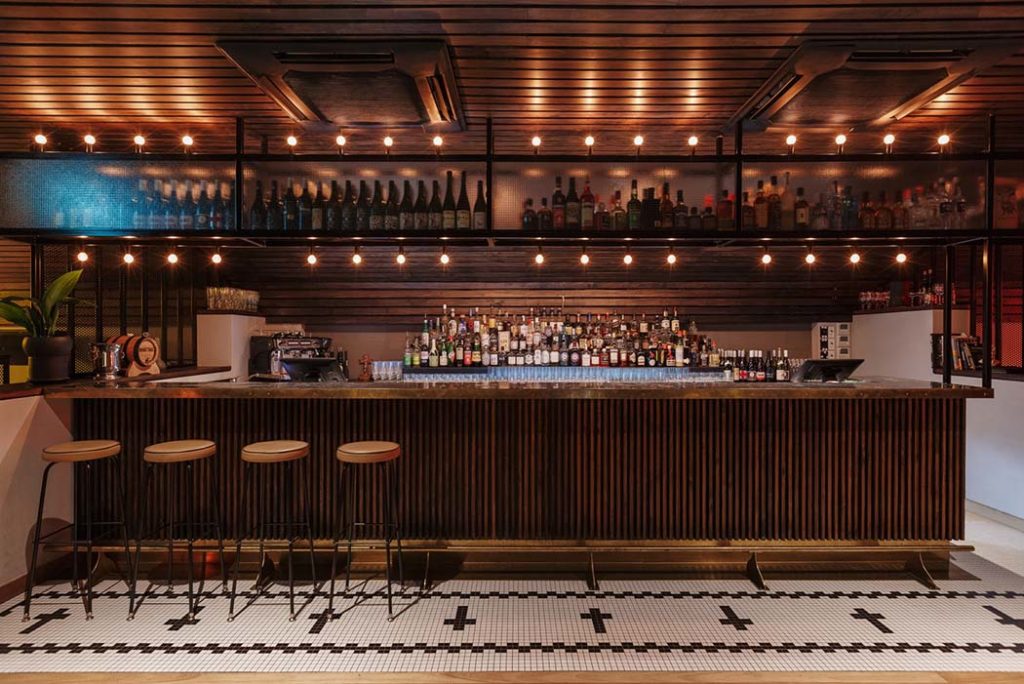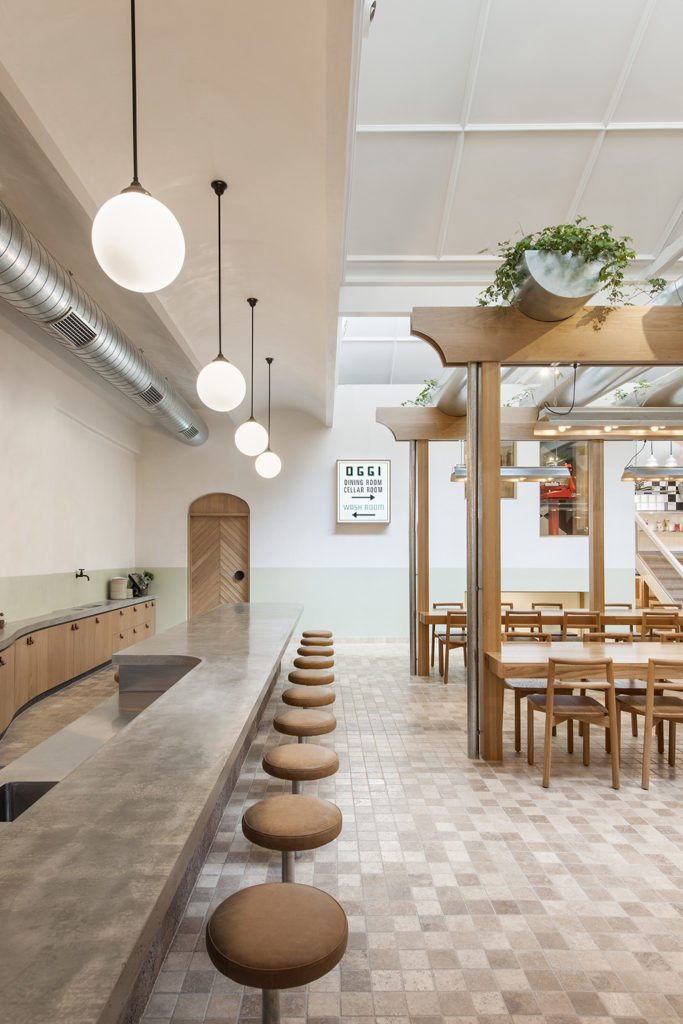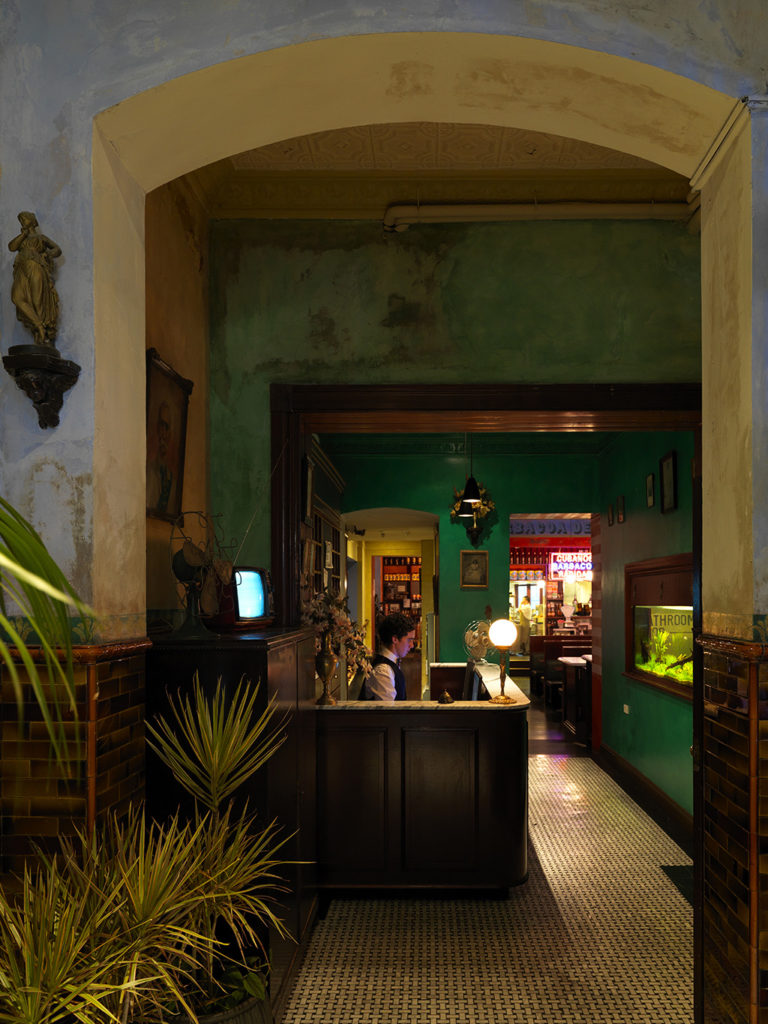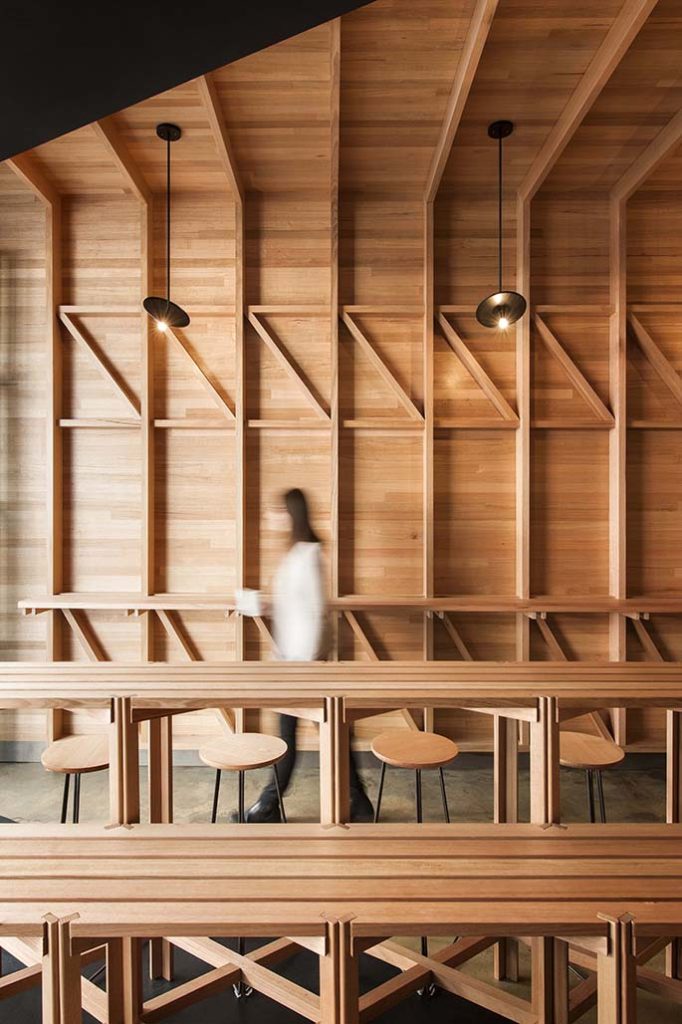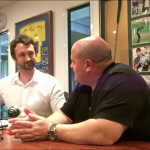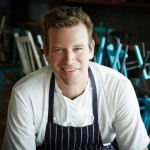Great food and superb service are key ingredients to success for anyone in the hospitality industry. But the design and ambiance of a space also contribute to success. Graham Charbonneau and Dave Bickmore, the guys in charge of design firm Studio Gram, have won many awards after, including the eat drink design awards and the international bar and restaurant design awards. Every design that Studio Gram puts out is different, based on their own client’s story and preferences.
One of the most important things Graham and Dave consider when designing a café is the story that the café owner wants to tell. In fact, their favourite projects are venues that have a unique and compelling story. For one of their clients, Africola, they designed the venue to reflect owner Duncan Welgemoed’s diverse background.
The design of a café or restaurant can also offer a distinct sense of place. An Italian restaurant and a French bistro, while both fine eating establishments, don’t evoke the same environment. Food is a large part of travel and experience of a place. Dave and Graham also have a passion for travel and often take food’s cultural connection to place and incorporate it in their designs.
The spaces that Studio Gram designs never come off as inauthentic, which plagues loads of restaurant venues these days. David and Graham say that often the sense of inauthenticity comes from the details. Everything, from the choice of furniture to the saucers and forks, contributes to the ambiance of a restaurant. Graham and Dave, meticulous blokes they are, don’t hesitate to point out which small details come off wrong.
Usually, Graham and Dave start off by meeting with the client and checking out the space in question. A thorough discussion of what the client wants gives them a good starting point to brainstorm design ideas. Then they move on to the traditional design stages: concept design, design development, and then documentation, in which they do the actual drawings. Afterwards it goes into the building phase, and the concept starts becoming a reality.
The process often takes about three months, as clients usually have a three-month rent-free period that they want to take advantage of. Their quickest project, from site inspection to opening day, was Cranky Fins in Palm Beach, at seven and a half weeks.
The idea of employing a designer for their café or restaurant business may be a new idea for café owners. Graham and Dave have plenty of suggestions for what to do – and what not to do – when working with a designer.
Communication is one of the most important components of a great working relationship. Clients who understand what they want, and communicate their wishes clearly, are the easiest to work with. If they don’t, there can be some misunderstandings and loss of valuable time and productivity. When consulting with your own designer, be clear about what you want.
Trust is also important when working with a designer. One of the hardest things to do as a business owner, Graham says, is giving that control away and trusting someone else to do the job right. But one also learns that as a business owner you can’t be in control of everything at all times. Find a designer whose work you like and whose reputation you trust. There may be disagreements, but to a certain extent you’ve got to have trust in your designer’s opinion and abilities.
These days, the look of a place is everything: its instagramability, so to speak. Here, Graham and Dave remain on the cutting edge, designing some of the most instagramable spaces in the industry. Instagram has become so quintessential to the promotion of their brand and business that, Graham says, it’s become more important than having a website.
The ability to reach thousands of followers instantly can have a bigger impact on promotion than linking them to a website. You don’t even need to have a traditional brick and mortar café to garner a following – have an Instagram account and a pop-up shop, like Abbots and Kinney’s, and you’re in business.
Dave and Graham have been quite busy since starting up Studio Gram, and there’s no rest in sight. Next in the works are some projects with restaurants, wineries, and even some hotels. They also acknowledge that other designers are doing great work, and it’s up to you to find the best for your business. With clear vision and communication, you and your designer can also create something great.
You can check out Studio Gram’s website, http://studio-gram.com.au, or their Instagram, @studio_gram, for more.
Dave and Graham’s Ten Takeaways
- Communication is key – know what you want and be clear about what you want from your designer.
- Have trust in your designer. If you’ve hired wisely, you can trust that he or she will make the right choices for your venue.
- Though if you disagree about something with your designer, don’t hesitate to let him or her know. Again, communication is key.
- Open an Instagram account for your business. Instagram these days can even be more essential to building a following than a website.
- If you’re interested in design, check out design blogs locally and around the world.
- For designers: if your work is polarizing, you’re doing something right.
- Consider the story of your venue – what do you want to convey to the customers?
- Also consider what sort of place you want your customers to go to. What sort of Italian restaurant, for example, do you want to evoke?
- Even the smallest details are important when creating a certain ambiance.
- As David’s dad says, measure twice, cut once. Be thorough before you make the final decision.
Podcast: Play in new window | Download
Subscribe: RSS

